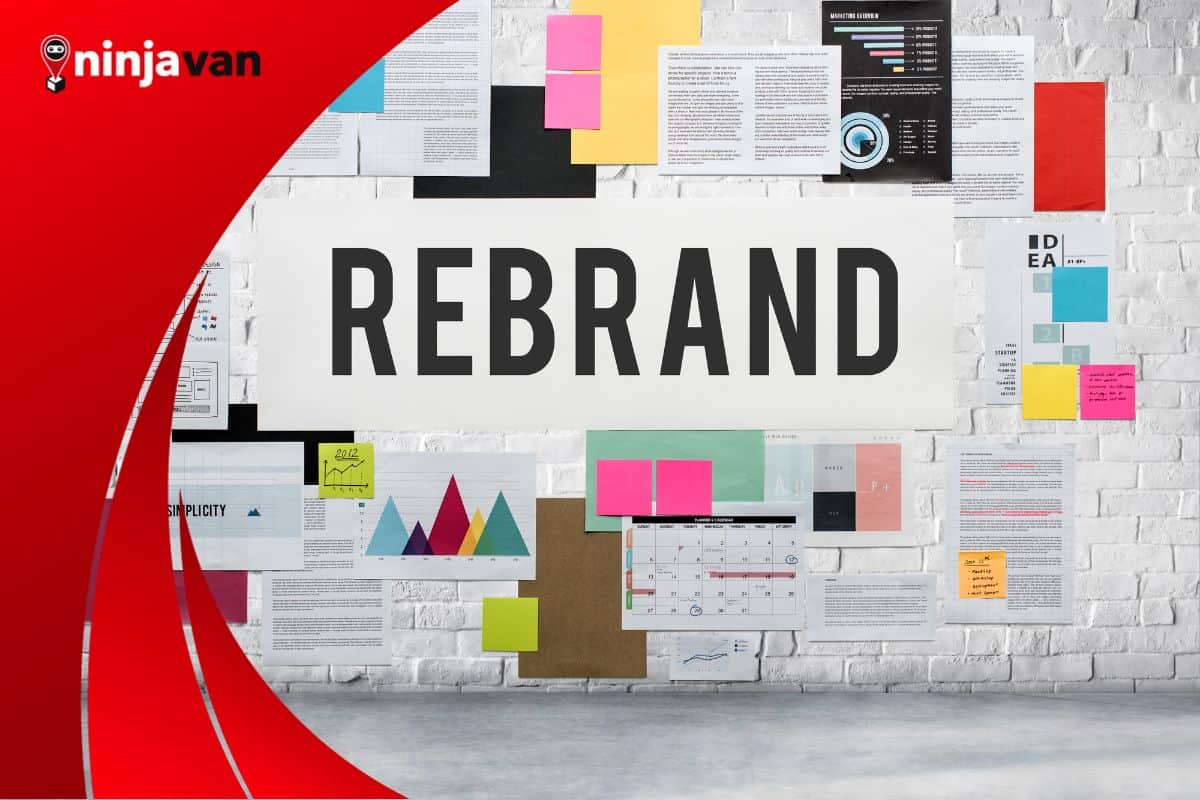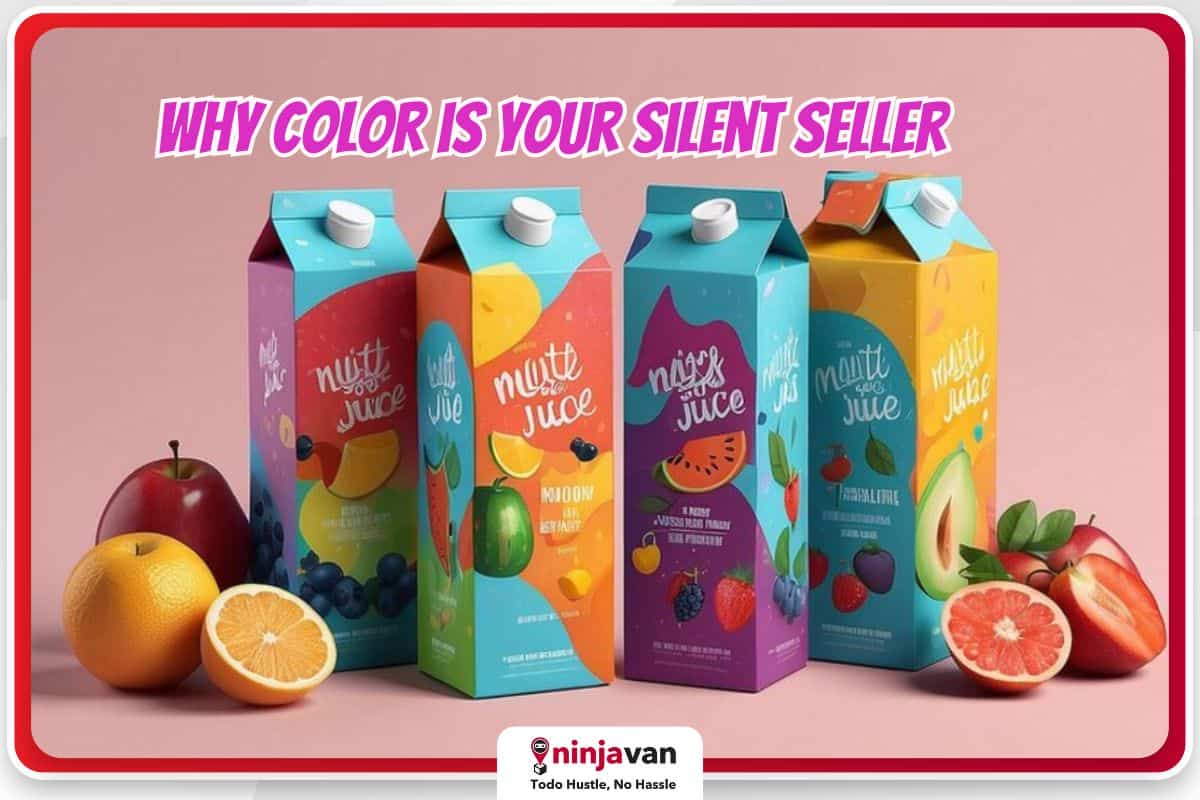Not even the biggest, most recognizable brands have avoided change. The most beloved products in our lives have evolved their look throughout their existence — whether simply refreshing the brand, or a wholesale rebranding that changes everything!
Distinguishing between a rebranding or a brand refresh is important and can help guide you and your team towards what the brand really needs. What you end up doing will depend on several factors — from current trends to brand and client growth rate, to market demand.
Rebranding vs brand refresh
As the captain of your brand, it’s essential to have all this information ready before starting the rebranding process. Before we get ahead, let’s clarify what a rebranding or brand refresh is and what differentiates the two.
Rebranding is “the process of reshaping how a company or product is perceived.” This is part of the natural cycle of every strong brand, which should tell you not to sweat it.
A company grows. Things change. And if the pandemic has taught any of us anything, it’s that we’re more than capable of adapting to the times.
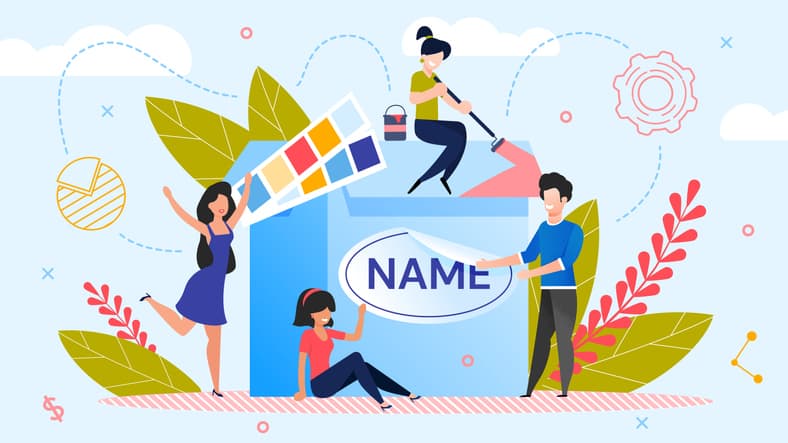
Let’s first take a look at some key differences between a rebrand and a refresh and answer some simple guide questions
Rebranding is a complete repositioning of your brand. You’re leaving everything current about the brand and creating a new identity.
Key questions to ask yourself if rebranding is the right option:
- Is your company not recognizable enough to your target audience?
- Does your service remind customers of a competing brand?
- Have your operations changed?
- Is your business model no longer what it was when you first started?
- Have your partners changed?
- Has the name of your brand changed?
Brand refresh, on the other hand, is a reimagining of your brand’s look and feel. It’s primarily a cosmetic solution, creating a new face to replace an outdated image.
Key questions to ask yourself if a brand refresh is the right option:
- Do you have a great company or concept but aren’t capturing the target market you want?
- Do you want to expand your current clientele?
- Do your visuals not encompass your brand as a whole?
- Is there a disconnect between what your brand is and the image it gives off?
- Is your website not gaining traction?
- Are your customers not satisfied with the look and usability of the website?
Easy enough, right? Now that you’ve got some important questions answered, the decision to rebrand or simply refresh might just be a little clearer. But we want to help you further.
So let’s take a look at some real-world examples of brands that have brought their brand, products, and customers into a new generation.
Rebranding for inclusivity: Ever Bilena and Dove
Is there anything more 2020s than inclusivity? In the last couple of years, we’ve seen a growing call for a fairer and more inclusive society. It truly feels like the tide is changing, and we are becoming more aware and accepting of who we are, where we come from, what we look like, and what we stand for.
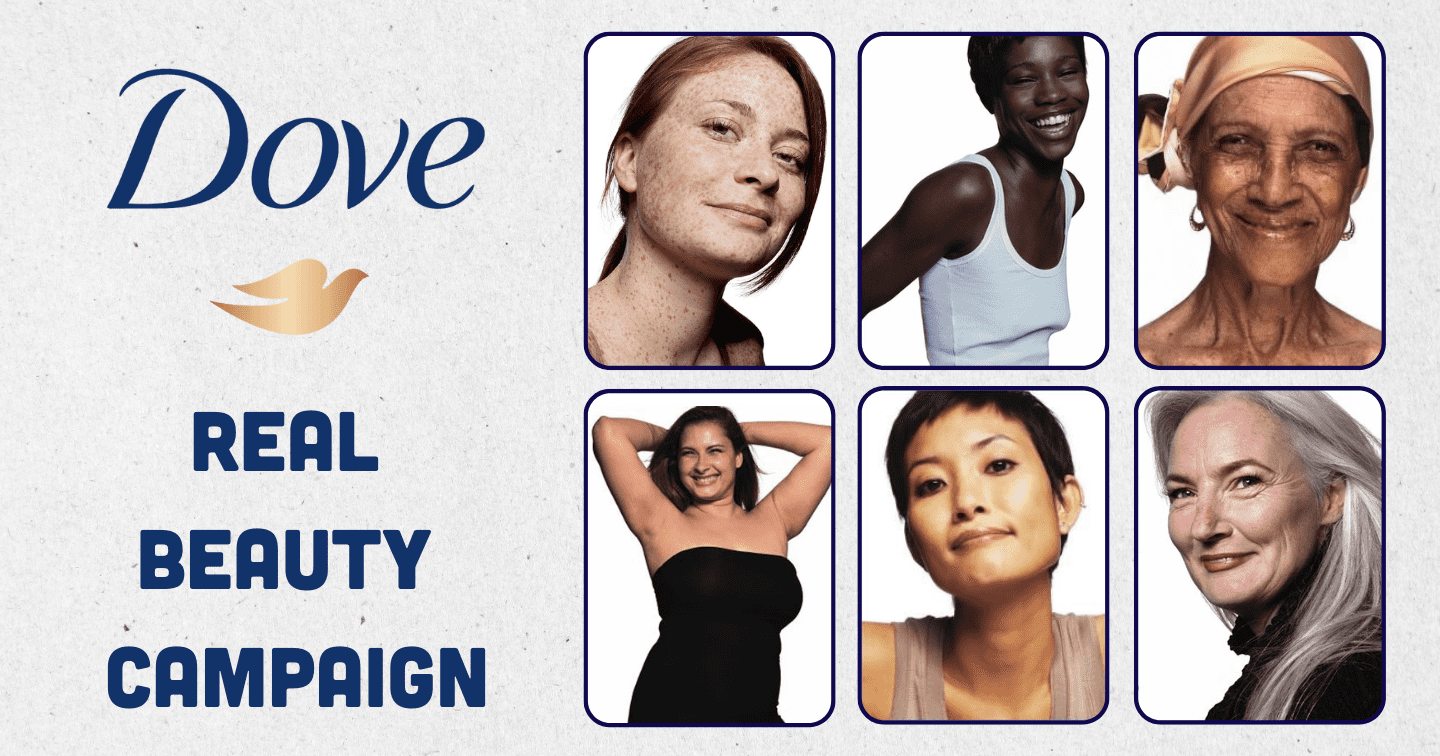
The rebranding stories of Ever Bilena and Dove are quite similar, tapping the same yearning for inclusivity. These two recognizable beauty products used their rebrand to make a statement about modern beauty standards and expectations.
Ever Bilena, one of the most recognizable cosmetic companies in the country, released a new line of makeup with the tagline “For every beauty,” signalling their intention to create makeup for a more varied audience.
On the other hand, Dove, well-loved for the elegance and simplicity of its products, also pivoted their marketing campaigns to feature women of all ages, colors and sizes. Gusto niyo diverse? Game. Stretch marks and fine lines? ‘Wag nang mahiya.
At the end of the day, when a brand as powerful as these two make the push for inclusivity, it tells its customer base that they, despite what may have been dictated to them before, are just as important to the brand as anyone else.
This is rebranding at its finest — a repositioning of a well-known and well-loved company to suit the times, to make a statement, or to change societal norms. Is this what you’re looking to do for your own brand? If it’s a yes, then Ever Bilena and Dove are the way to go.
Brand refresh for street cred: Hugo Boss
And then there’s top fashion brand, Hugo Boss. So chic. So… exclusive. Or, at least, they might have been until their #BeYourOwnBoss campaign came out on everyone’s screens and Youtube recommended videos. Hugo Boss isn’t just one brand, it’s actually two! And both took on a new strategy at the start of 2022.
The brand refresh, complete with a The Weeknd and Kendrick Lamar soundtrack, made headlines not just because it featured stars from Hailey Bieber to the OG Oppa Lee Min Ho, but because it showcased style in a way that would give Gen Zers and Millennials a boost of main character energy.
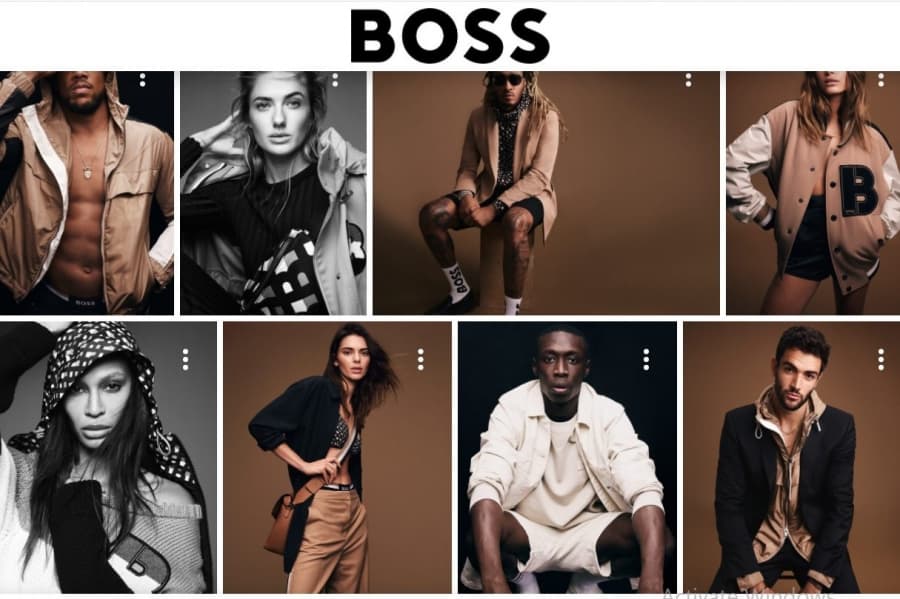
They’re connecting to a younger audience, adapting to what is now considered fashionable (streetwear and comfort) without veering away from their core value of clothing and fashion excellence. Good news for the pandemic generation who’ve adapted to working from home: The black, loose hoodie is now officially high-end.
In contrast with Ever Bilena and Dove, Hugo Boss is not remaking its brand. It’s refreshing — expanding its scope to include a wider audience, a younger generation.
Do you want your brand to reach a more varied clientele than what you traditionally would reach? Or do you want to remind the market of your presence in the industry? If so, Hugo Boss is the boss for you.
Here are more Branding Lessons from Top Fashion Brands
Important tips to remember
We know it’s a lot of information to take in. Here are the main takeaways to remember about refreshing or rebranding a business:
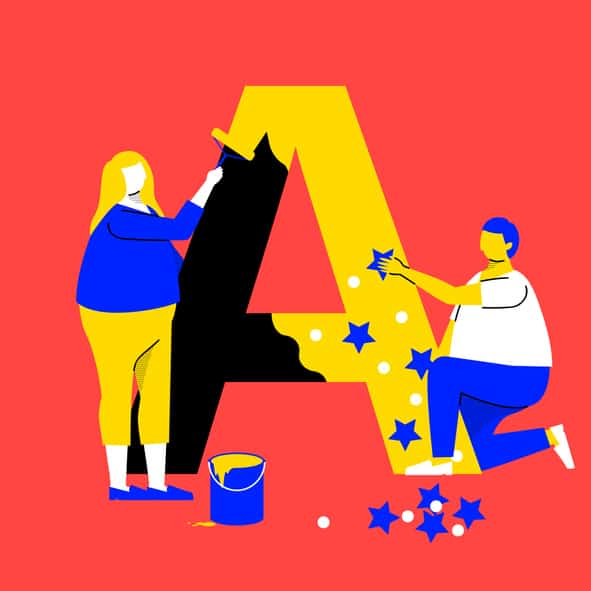
on the outside. Image from Getty Images
What’s the message does your brand wants to send out?
Whether you’ve decided on a brand refresh or a complete rebranding and makeover, it will send a statement and make an impact — to you, your team, your customers and even potential customers. In the case of Dove and Ever Bilena, they said “Beauty is diverse”.
How will the change affect your operations?
With a rebrand, your customers will also want to know how the change trickles down to your operations, to how you work.
For ecommerce businesses especially, you’ll want them to know that they can rely on you to take care of their essential (or, sometimes, not so essential) purchases. How to make yourself more reliable? A trusted logistics partner is a good place to start.
Check out tips on Choosing the Right Logistics Partner to Make Your Hustle Better
Make sure you can commit to the change
‘Wag kang mag-settle sa “puwede na.” You wouldn’t want to put so much work into a new concept or idea that you’ll end up reverting from it in a few months’ time, right?
Make sure your entire organization and stakeholders will commit to the new image or new brand mission. Customers will know if you’re just making changes for purely for optics but not committed to delivering your promises.

and deliver your brand promises. Image from Freepik
Last and most important: Your brand is your brand. Whichever strategy you choose to take — rebrand or refresh — it’s important that you’re diving in there fully committed and confident in your decision.
Good luck! And we’re excited to see what fresh and exciting ideas you bring to the e-market. Build your brand better by staying fresh and interesting to your customers.

